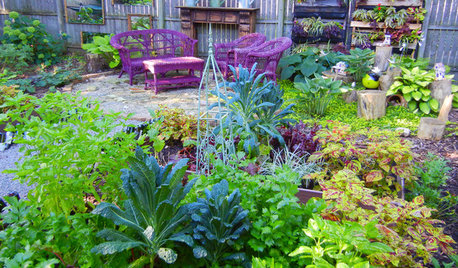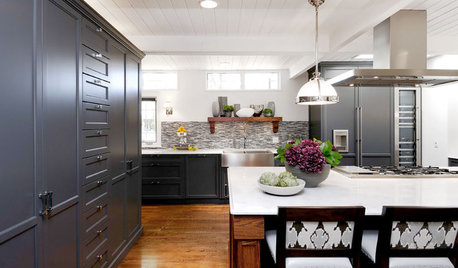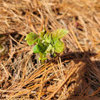What vegetables to plant for donations to the food shelf?
nick_b79
13 years ago
Related Stories

FARM YOUR YARDCool-Season Vegetables: How to Grow Lettuce
Leaf, butterhead, crisphead or romaine — lettuce is best harvested in the cool weather of spring and fall
Full Story
GARDENING GUIDESShades of Vegetable Gardens: Growing Edibles in Less Sun
See how one gardener produces a veritable feast of vegetables and herbs under a canopy of shade
Full Story
KITCHEN DESIGNPhoto Styling the Kitchen with Food
Want to show off your kitchen? Add some instant culinary color
Full Story
DECORATING GUIDES9 Tips for Making Your Shelf Display Look Great
Learn the tricks stylists use when arranging objects on a shelf
Full Story
GARDENING GUIDES8 Materials for Raised Garden Beds
Get the dirt on classic and new options for raised vegetable and plant beds, to get the most from your year-round garden
Full Story
GARDENING GUIDESSeeds or Seedlings? How to Get Your Garden Started
Growing delicious herbs and vegetables starts with knowing your goals and when you want to plant
Full Story
HOUSEPLANTS10 Top Plants to Grow Indoors
Brighten a room and clean the air with a houseplant that cascades artfully, stretches toward the ceiling or looks great on a wall
Full Story
MOST POPULARHow to Add a Backyard Shed for Storage or Living
Need a home office, a playspace or extra room for your stuff? Learn about off-the-shelf, prefab and custom sheds
Full Story
HEALTHY HOME12 Ways to Set Up Your Kitchen for Healthy Eating
Making smart food choices is easier when your kitchen is part of your support team
Full StoryMore Discussions








Dan _Staley (5b Sunset 2B AHS 7)
iam3killerbs
Related Professionals
Tomball Landscape Architects & Landscape Designers · Bergenfield Landscape Contractors · Fairview Landscape Contractors · Franklin Landscape Contractors · Gainesville Landscape Contractors · Mendota Heights Landscape Contractors · Mission Bend Landscape Contractors · New Cassel Landscape Contractors · Oviedo Landscape Contractors · West Palm Beach Landscape Contractors · Markham Landscape Contractors · Selma Landscape Contractors · Beaumont Driveway Installation & Maintenance · Northbrook Driveway Installation & Maintenance · Ramona Driveway Installation & Maintenancecheapheap
greenhousekendra
nygardener
coloradobw
starwoodfarm
coloradobw
ediej1209 AL Zn 7
glib
soilent_green
jonhughes